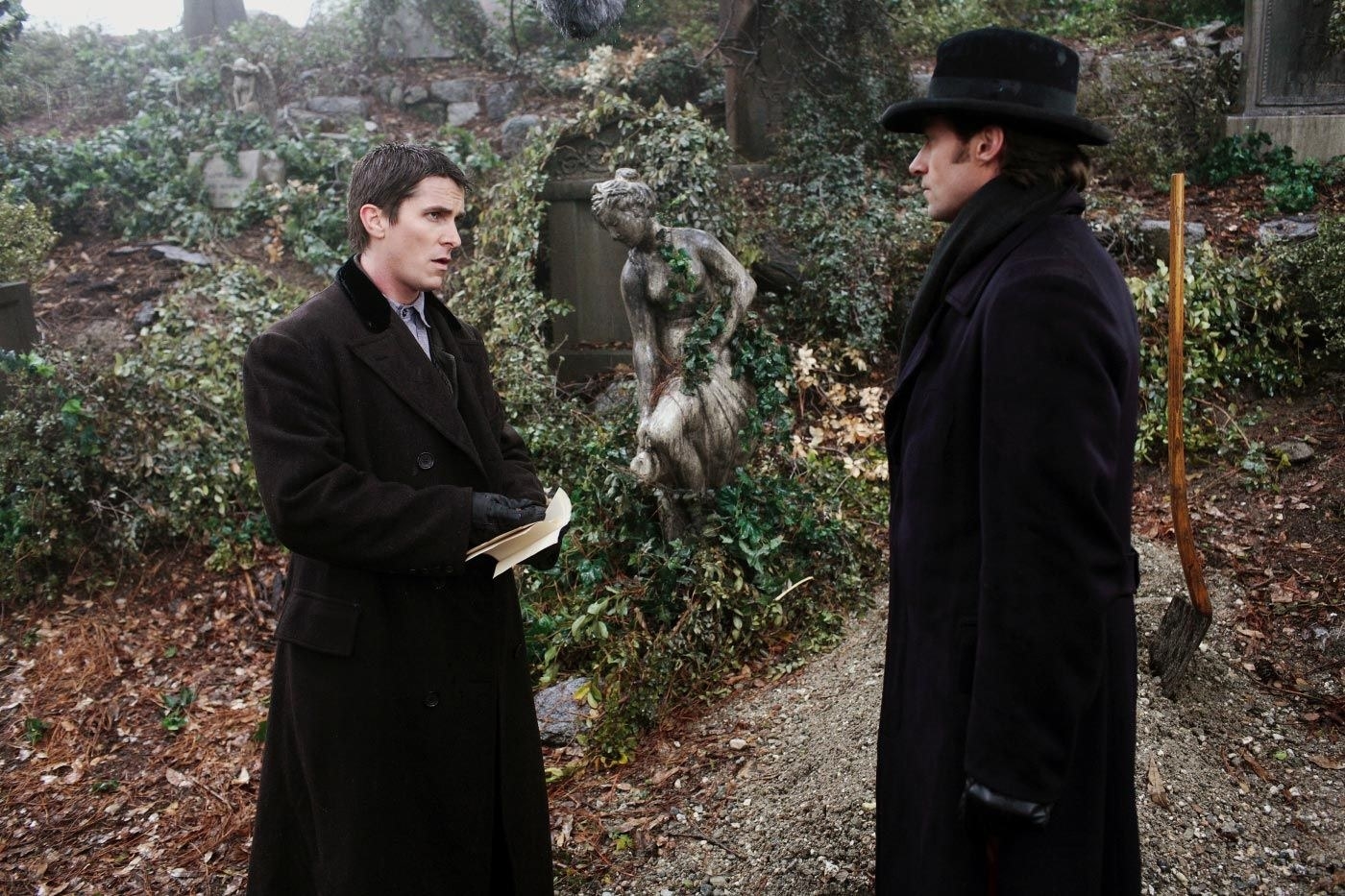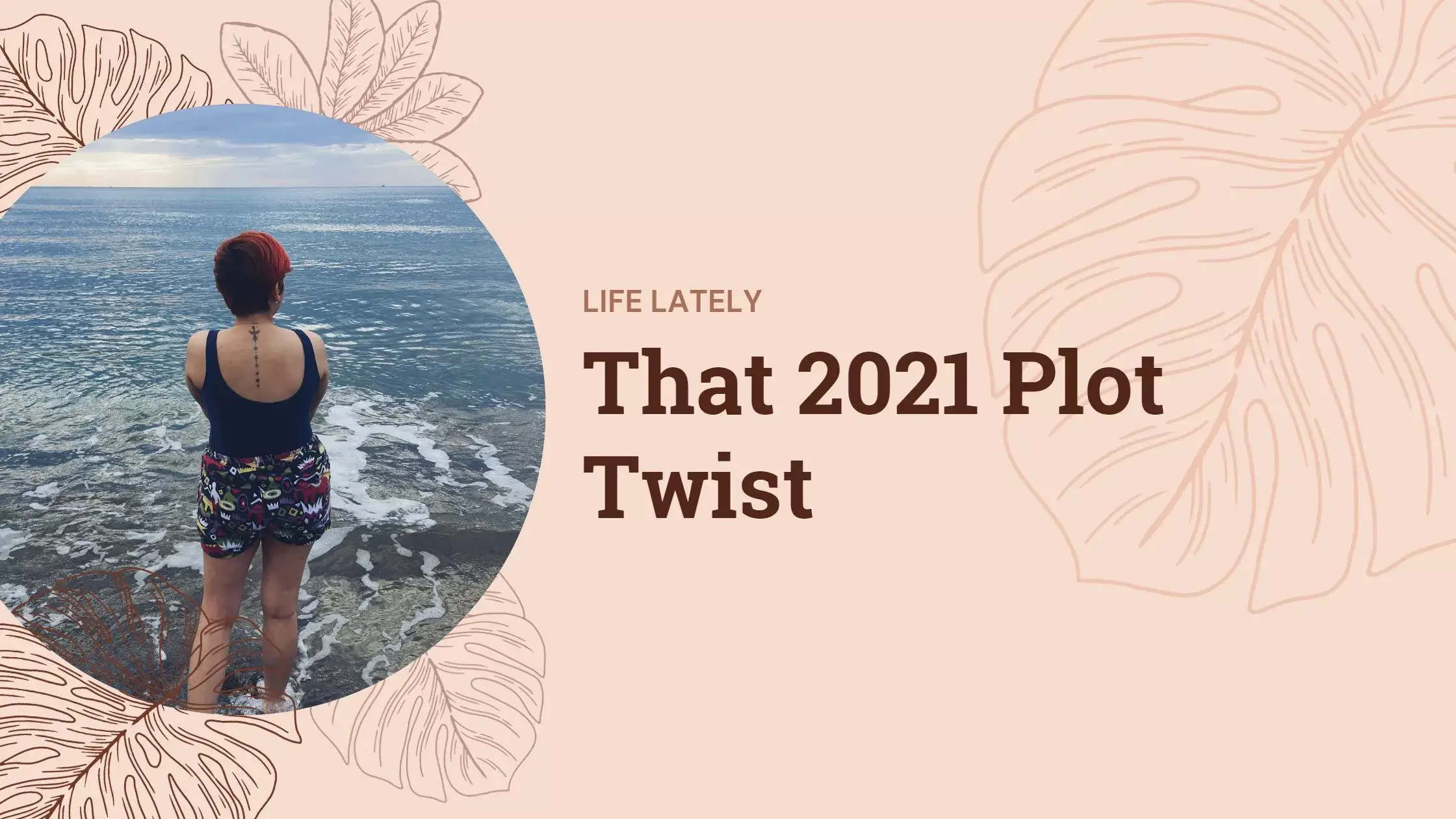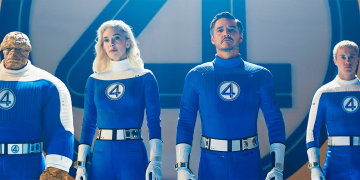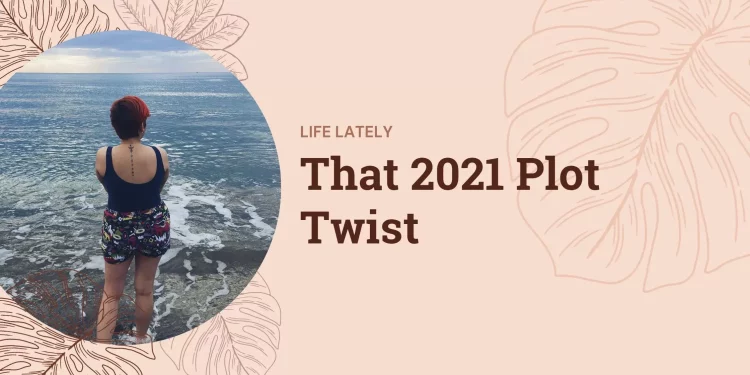10 Plot Twists That Will Leave You Shocked (and Rewriting Everything You Thought You Knew)
Some stories don’t just surprise you—they shake your trust in everything you’ve read or watched up to that point. The best plot twists flip narratives on their heads, forcing audiences to rethink characters, motivations, and even reality itself.
Whether you’re a seasoned reader, cinephile, or screenwriter, understanding how and why these twists work will help you appreciate brilliant storytelling—and perhaps even craft your own.
Why Plot Twists Work: The Psychology Behind the Surprise
Great plot twists play with expectations and emotional investment. They deliver shock not by being random, but by being unexpected yet logical in hindsight. This balance is key—viewers want surprise, but not confusion.
Twists also create an emotional jolt. They force a reframing of the story, which enhances memorability and conversation. When done well, twists become cultural touchpoints (“He was dead the whole time!”) and fuel fan theories, rewatchability, and long-term fandom.
“A twist doesn’t just end the story—it rewrites everything that came before.”

1. The Protagonist Was the Villain All Along
This twist is powerful because it weaponizes audience loyalty. You’ve spent an entire story rooting for the main character, only to discover they were the antagonist manipulating events behind the scenes.
Famous examples include Gone Girl and Fight Club. In both, the twist forces viewers to reassess earlier scenes and question their moral assumptions.
This technique works well when:
- The protagonist has justifiable motives that obscure their true nature.
- The story includes subtle clues that feel obvious in hindsight.
- The twist changes how you feel about key scenes without breaking logic.
2. The Trusted Ally Betrays the Hero
Nothing cuts deeper than betrayal from a friend. This classic twist pulls the rug out by transforming a close confidant into a hidden enemy—often for reasons that feel personal, not evil.
Think of The Winter Soldier (Bucky) in the Marvel universe, or Obi-Wan’s heartbreaking confrontation with Anakin. These betrayals don’t just twist the plot—they fracture relationships, which hits harder than a surprise villain.
This kind of twist succeeds when:
- The ally’s betrayal feels earned, not sudden.
- It raises emotional stakes and splits the group.
- It adds moral complexity to the betrayal.

3. The Entire Story Was a Dream or Simulation
This twist challenges our perception of reality. When done well, it shocks because everything the audience believed to be real is suddenly up for debate.
Examples include The Matrix (simulation), Inception (dream layering), and The Wizard of Oz. It’s effective when it reveals that what the character thought was real was merely a construct—and that realization has consequences.
Tips for using this twist:
- Make the reveal thematic, not just flashy.
- Ground the twist in character development, not just plot shock.
- Ensure the audience doesn’t feel cheated—give emotional payoff.
4. The Villain Is Actually a Victim
This twist humanizes your antagonist. By revealing a tragic backstory, misunderstood motive, or a manipulated perspective, it flips the audience’s moral compass.
In Black Panther, Erik Killmonger isn’t just a villain—he’s the product of colonialism and trauma. In Wicked, Elphaba isn’t evil—she’s misunderstood. These examples show how revealing the villain’s pain adds nuance and emotional depth.
Use this twist to:
- Challenge black-and-white morality.
- Offer social commentary.
- Build empathy in unexpected ways.

5. The Dead Character Is Alive
A “resurrection twist” jolts the story by bringing back a presumed-dead character—sometimes as an ally, sometimes as a villain. This surprise upends relationships, raises suspense, and reshuffles power dynamics.
Used in shows like Game of Thrones (Jon Snow) or Sherlock, this twist is popular because it plays with grief, relief, and betrayal—sometimes all at once.
When using it:
- Justify the return (fake death, magical force, hidden escape).
- Show how the “resurrection” affects the people who mourned.
- Don’t overuse it—over time, it reduces stakes.

6. The Hero and Villain Are Related
There’s nothing like a shocking family reveal to add emotional weight to a story. Whether it’s a long-lost sibling or a parent-child dynamic, this twist transforms a battle of good vs. evil into something deeply personal.
Think Star Wars: “I am your father.” It’s iconic not just because it’s surprising—but because it reframes the emotional core of the story. Suddenly, defeating the villain means confronting your own bloodline.
To make this twist hit:
- Plant subtle clues beforehand.
- Use the reveal to raise internal conflict, not just shock value.
- Let the relationship evolve after the twist is revealed.
7. The Time Loop or Alternate Reality
This twist flips the entire narrative structure. The characters—or sometimes the viewer—realize that events are repeating, or that the reality they’ve been experiencing is one of many.
Films like Edge of Tomorrow and Donnie Darko use time loops and parallel universes to keep audiences guessing. This twist works best when it forces the hero to grow, learn, or break the cycle.
Use this plot device to:
- Explore different outcomes of the same choices.
- Emphasize themes like fate vs. free will.
- Keep the narrative structure fresh and nonlinear.
8. The MacGuffin Is Useless or Dangerous
The MacGuffin—a mysterious object driving the plot—turns out to be useless, fake, or even harmful. This twist subverts the entire quest and redefines what really matters.
In Indiana Jones and the Last Crusade, the Holy Grail is ultimately less important than personal faith and sacrifice. In Mission: Impossible – Fallout, the plutonium is a decoy. This twist redirects tension and shifts focus back to character development.
Make this twist effective by:
- Letting the MacGuffin serve as a distraction from the real stakes.
- Using the twist to challenge the hero’s motivations.
- Ending on a moral or emotional revelation, not an object.
9. The Narrator Is Unreliable
When the person telling the story can’t be trusted, everything the audience believes becomes suspect. The unreliable narrator is a brilliant device for suspense, rewatch value, and dramatic irony.
Think Fight Club, Shutter Island, or Gone Girl. These stories encourage audiences to second-guess what they’ve been told, and they reward close attention to detail.
To write or enjoy this twist:
- Watch for inconsistencies and bias.
- Expect a big reveal that reshapes earlier scenes.
- Accept that perception and reality are not always aligned.
10. The Hero’s Goal Was Misguided
Few twists are more powerful than the hero discovering they were wrong. Whether it’s a false prophecy, a manipulated mission, or a moral blind spot, this twist forces the protagonist to pivot entirely, often at great cost.
In The Prestige, the pursuit of greatness comes with personal ruin. In The Village, the hero’s perception of danger is shattered. This twist doesn’t just shock—it prompts philosophical questions and deeper reflection.
You can use this twist to:
- Shift genre expectations (from action to drama, for example).
- Create space for character redemption or moral ambiguity.
- Reinforce the story’s theme with a surprise lesson.
Bonus: How to Write an Effective Plot Twist
If you’re crafting a story of your own, a good twist should be:
- Unexpected but earned – No random curveballs.
- Revealing, not concealing – It should shed light, not confuse.
- Thematic – Support the message or moral of the story.
- Emotionally satisfying – Even if it’s painful.
“A plot twist should be like a magician’s reveal—surprising, but you realize the clues were there all along.”































